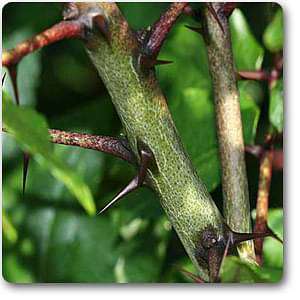
Prickly-Ash - Plant
(MRP Inclusive of all taxes)
- Shipping ₹79 for entire order
- Dispatch in 7 days
- Country of origin: India

(MRP Inclusive of all taxes)
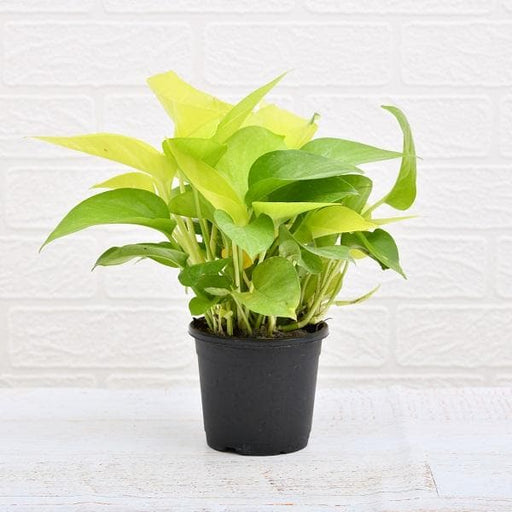 Save 29%
Save 29%
Air Purifier Money Plant with Pot The Air Purifier Money Plant, also known as Pothos or Epipremnum aureum, is a stunning indoor plant that...
View full details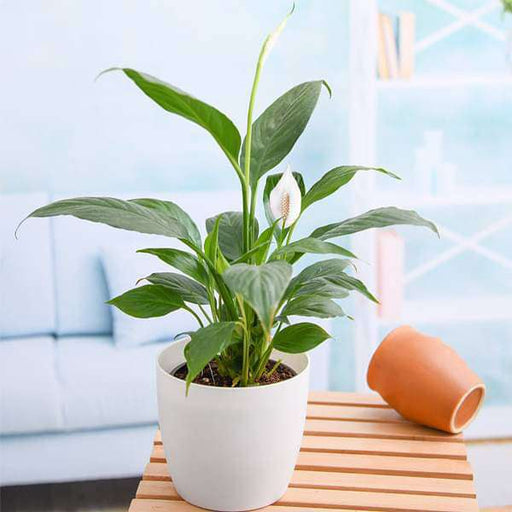
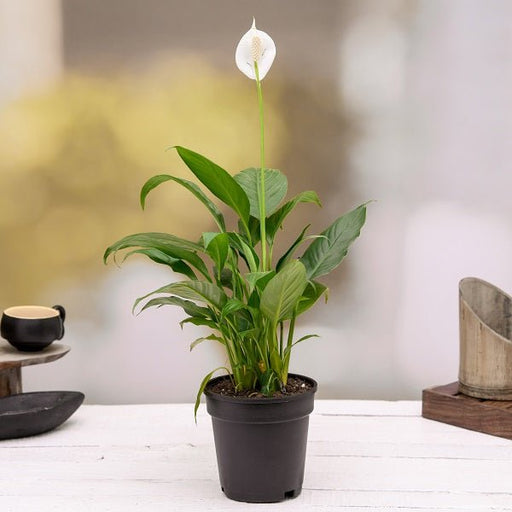 Save up to 15%
Save up to 15%
Peace Lily, Spathiphyllum - Plant The Peace Lily, scientifically known as Spathiphyllum, is a stunning houseplant celebrated for its elegant white...
View full details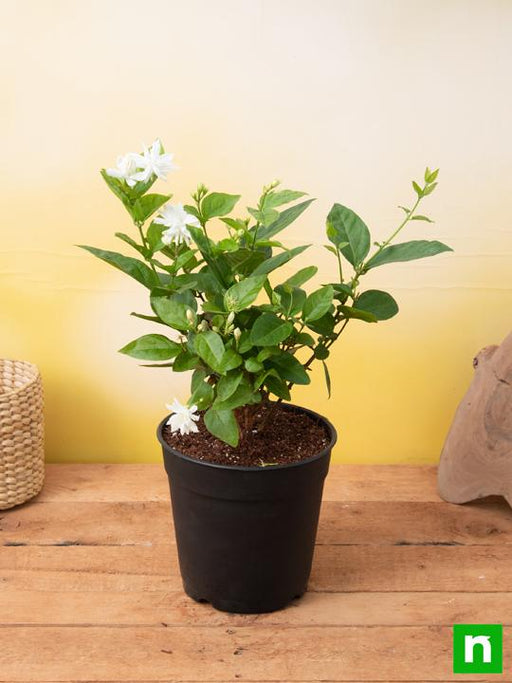
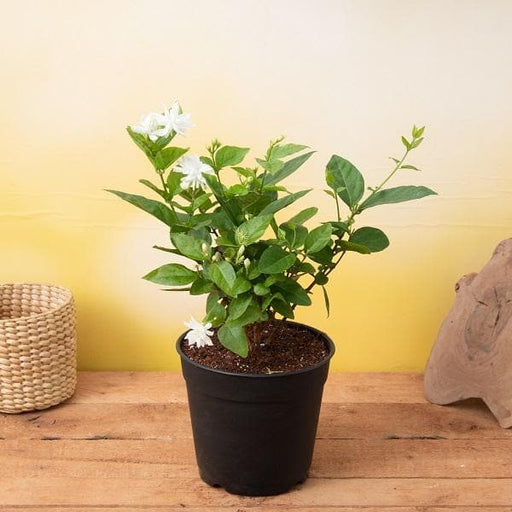 Save 25%
Save 25%
Jasminum sambac, Mogra, Arabian Jasmine - Plant Jasminum sambac, commonly known as Mogra or Arabian Jasmine, is a fragrant flowering plant...
View full details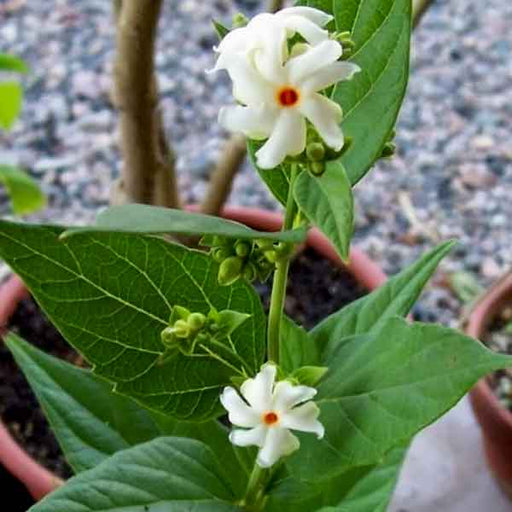
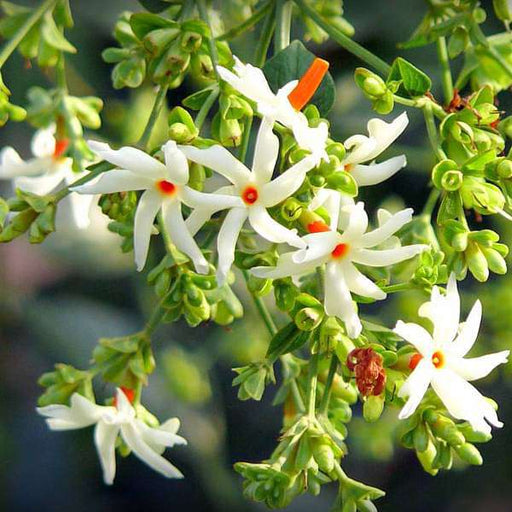 Save 18%
Save 18%
Combo Constituents Includes the Parijat Tree (Night-Flowering Jasmine), a culturally significant plant with fragrant flowers. Description The Pari...
View full details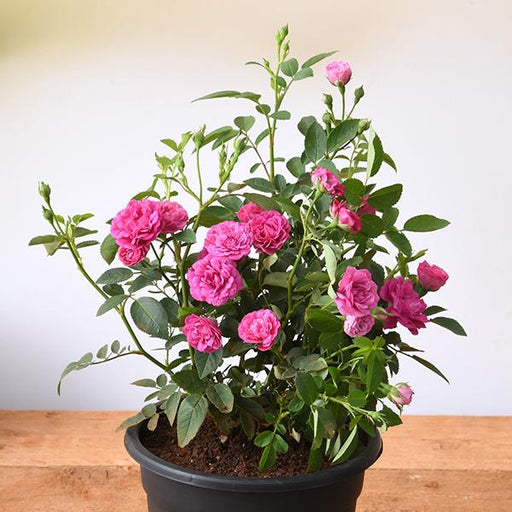
 Save 25%
Save 25%
Miniature Rose, Button Rose (Any Color) - Plant The Miniature Rose, also known as the Button Rose, is a charming and compact flowering plant that ...
View full details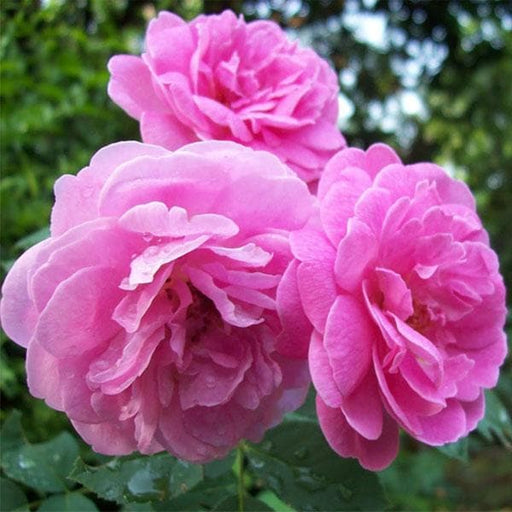 Save 25%
Save 25%
Damascus Rose, Scented Rose (Any Color) - Plant The Damascus Rose, also known as Rosa damascena, is a timeless symbol of beauty and romanc...
View full details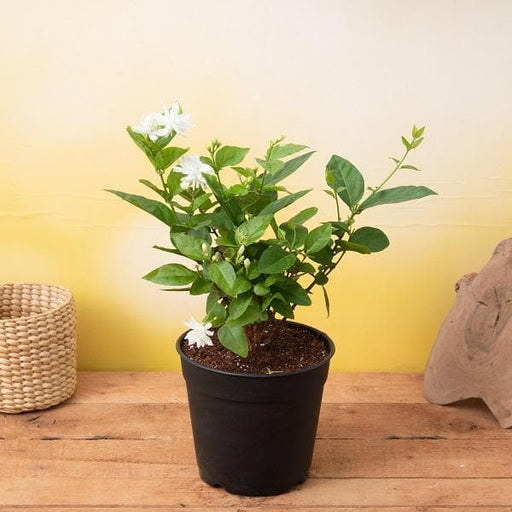
 Save 17%
Save 17%
Beautiful Fragrant Mogra, Arabian Jasmine Plant with Pot The Beautiful Fragrant Mogra, also known as Arabian Jasmine (Jasminum sambac), is...
View full details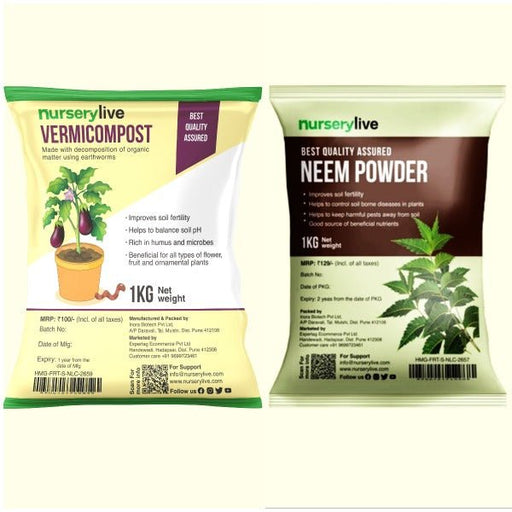 Save 15%
Save 15%
Pack of Vermicompost and Neem Cake for House Plants Transform your indoor garden with our premium Pack of Vermicompost and Neem Cake, spec...
View full details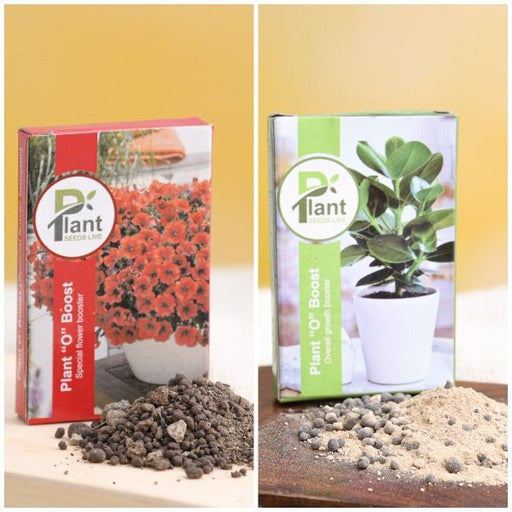
Pack of Plant Growth and Flower Boosters Unlock the full potential of your garden with our Pack of Plant Growth and Flower Boosters! This ...
View full details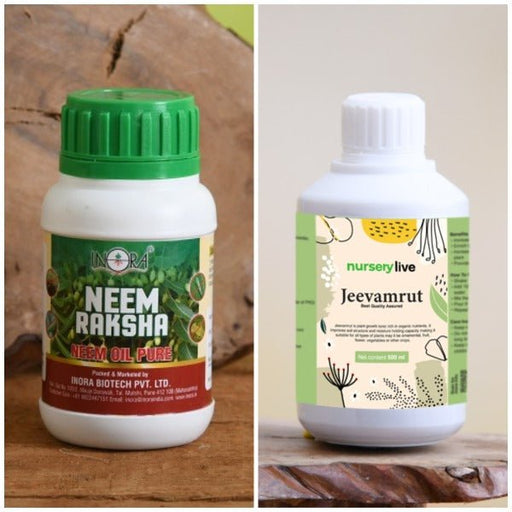 Save 38%
Save 38%
Combo of Jeevamrut and Neem Raksha for Easy Growth and Protection of Houseplants Transform your indoor garden with our exclusive combo of ...
View full details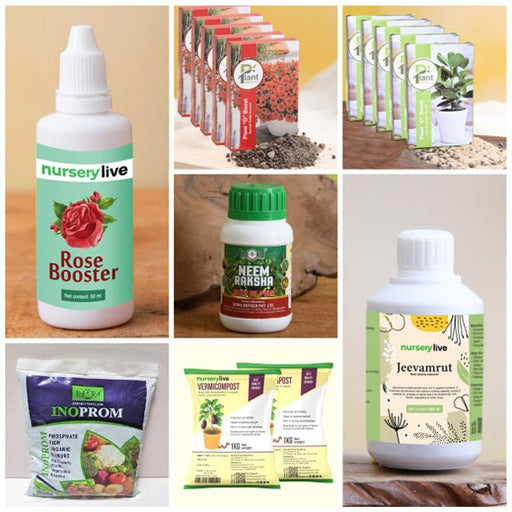 Save 22%
Save 22%
Plant Nutrients Kit (Pack of 16) for a Healthy Garden Transform your garden into a lush paradise with our Plant Nutrients Kit, featuring 1...
View full details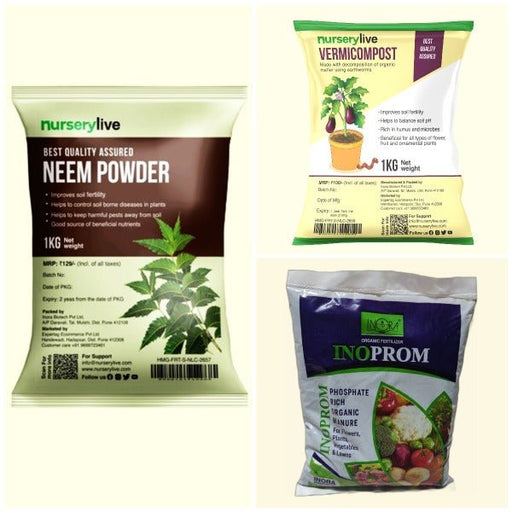 Save 16%
Save 16%
Combo of Top Plant Fertilizers Elevate your gardening game with our exclusive Combo of Top Plant Fertilizers, featuring two bags of premiu...
View full details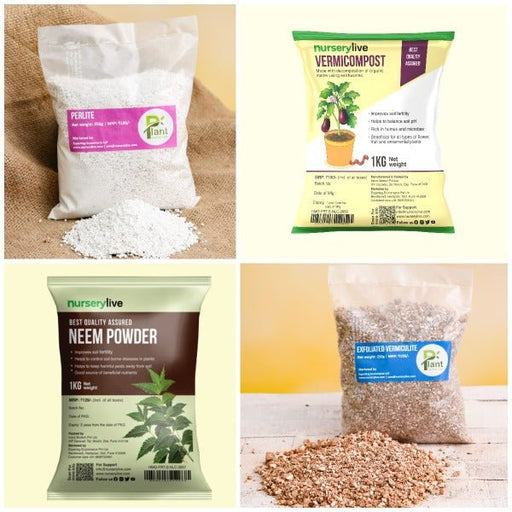 Save 24%
Save 24%
Pack of 4 Additives to Make Soil Healthy and Nutrient Rich Transform your garden into a thriving ecosystem with our Pack of 4 Additives de...
View full details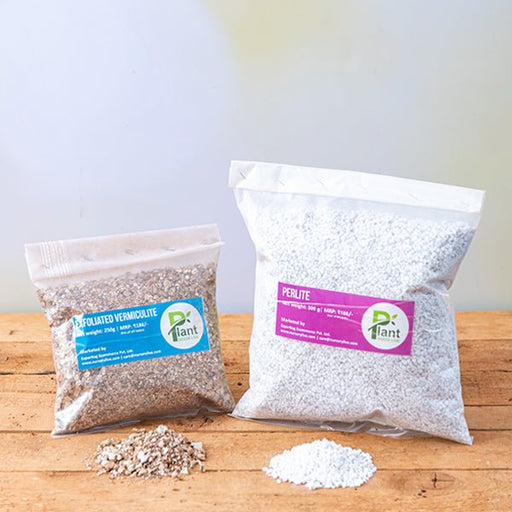 Save 30%
Save 30%
Transform your gardening experience with our premium Combo of Perlite and Vermiculite. This unique blend is designed to enhance soil aeration and ...
View full details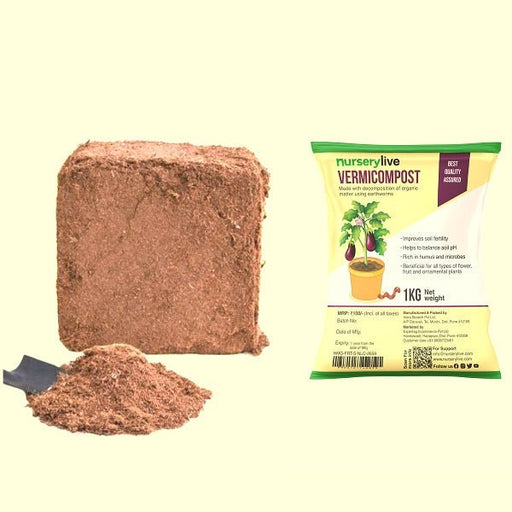 Save 27%
Save 27%
Combo of 2 Vermicompost and Cocopeat - Enrich Your Soil Naturally! Transform your garden into a thriving ecosystem with our Combo of 2 Ver...
View full details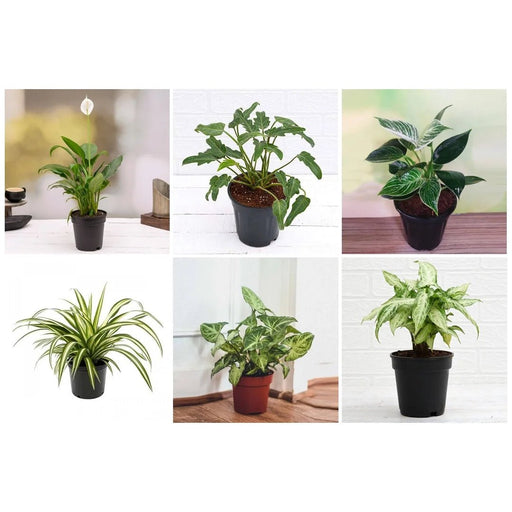
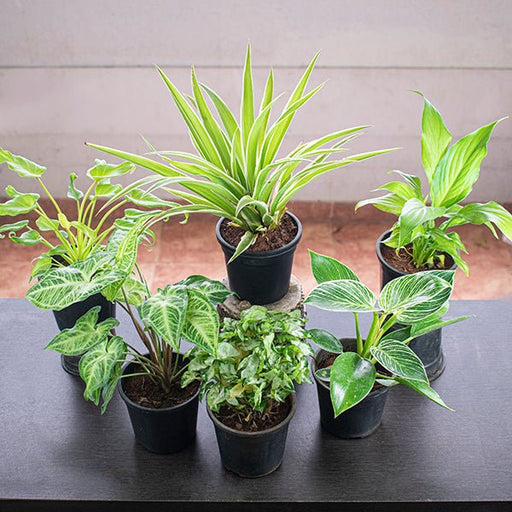 Save 35%
Save 35%
Best 6 Plants for Perfect Indoor Garden Transform your living space into a lush oasis with our curated collection of the Best 6 Plants for a...
View full details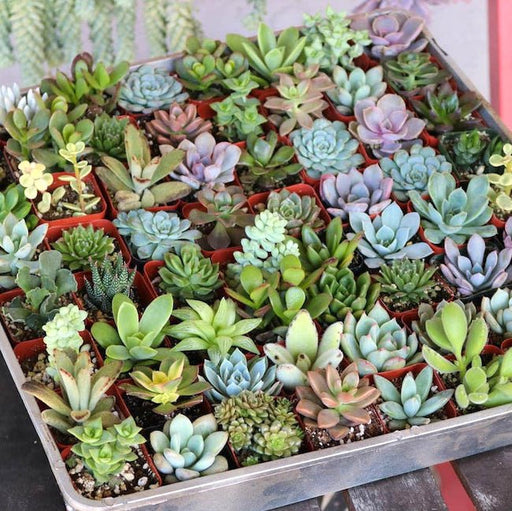
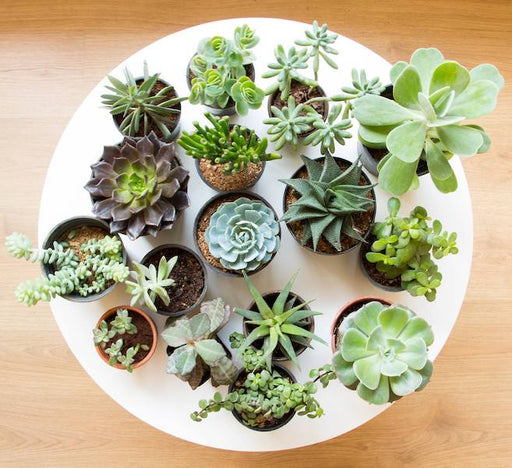 Save up to 50%
Save up to 50%
Mini Succulent Garden Pack Transform your space with our Mini Succulent Garden Pack, featuring a delightful collection of 4 any variety beautiful s...
View full details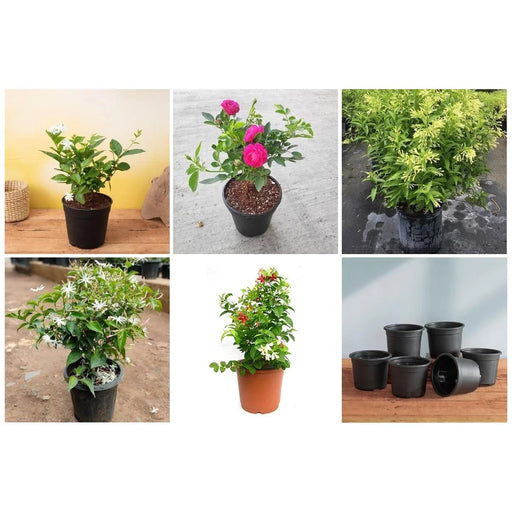
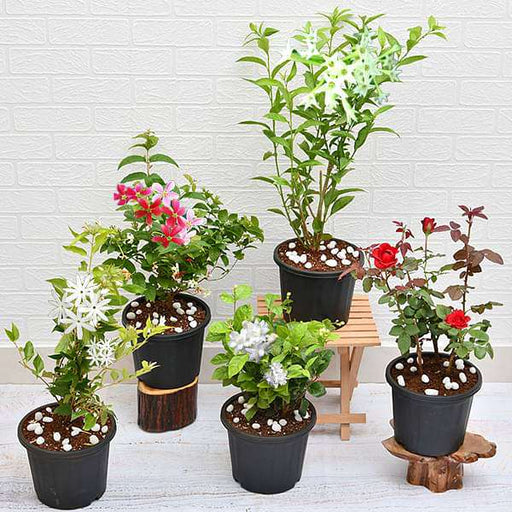 Save 30%
Save 30%
5 Best Fragrant Plants Transform your garden or indoor space into a fragrant paradise with our curated selection of the 5 Best Fragrant Plants. Th...
View full details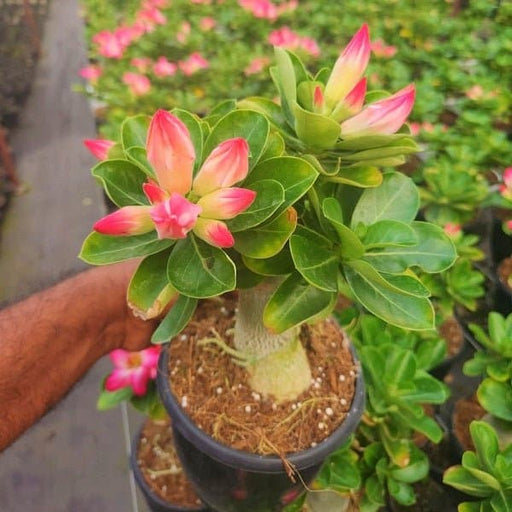
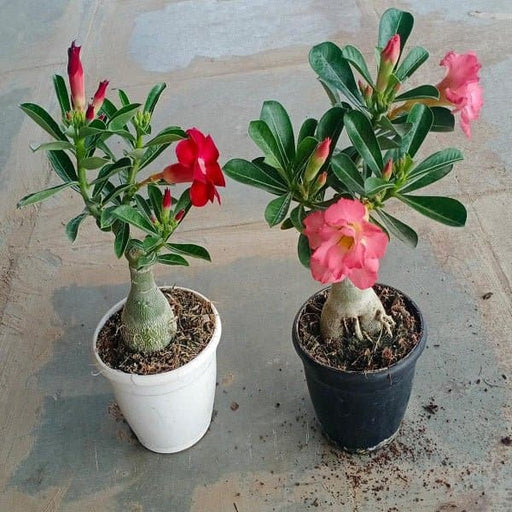 Save 24%
Save 24%
Set of 2 Bonsai Looking Grafted Adeniums Transform your indoor or outdoor space with our exquisite Set of 2 Bonsai Looking Grafted Adenium...
View full details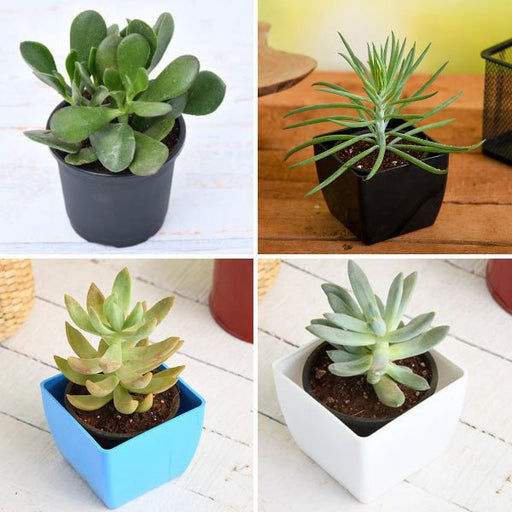 Save 45%
Save 45%
Top 4 Die Hard Succulents Pack Transform your indoor or outdoor space with our Top 4 Die Hard Succulents Pack, featuring a curated selecti...
View full details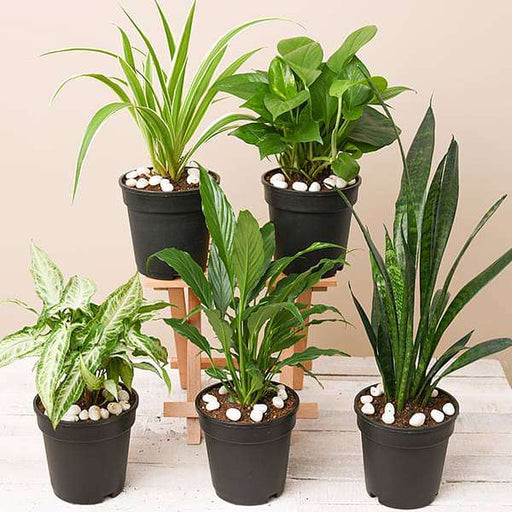
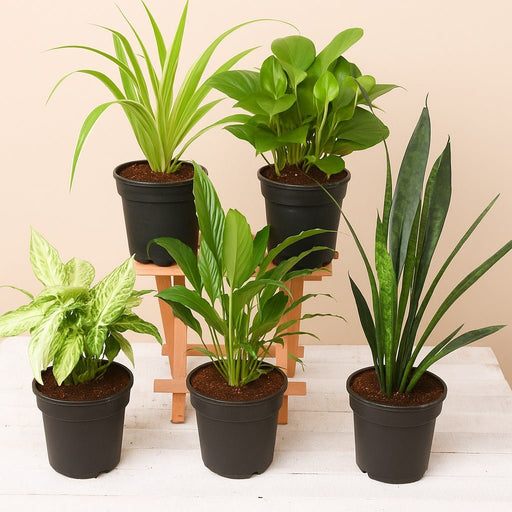 Save 30%
Save 30%
5 Best Indoor Plants Pack Transform your living space into a lush oasis with our '5 Best Indoor Plants Pack.' This carefully curated collection fe...
View full details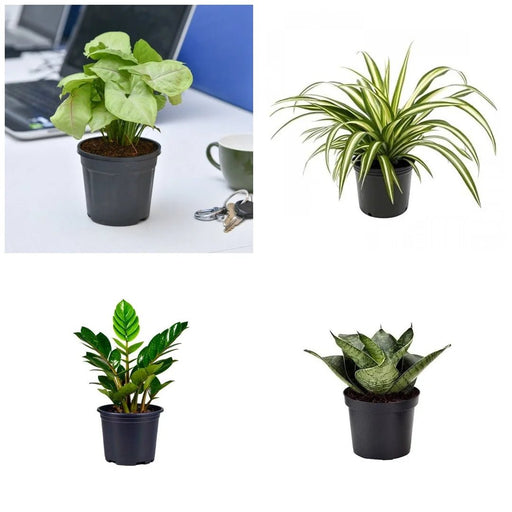
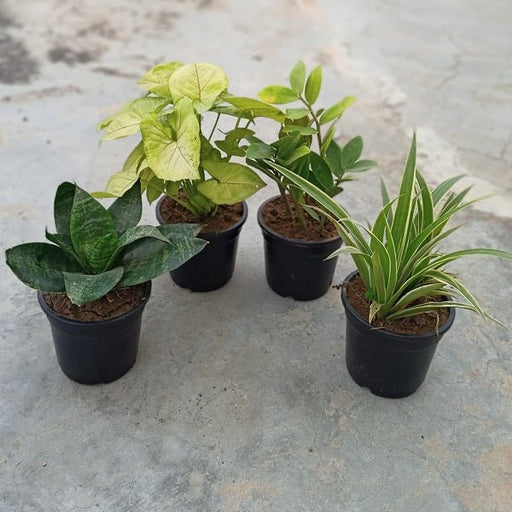 Save 25%
Save 25%
Set of 4 Evergreen Air Purifier Plant Pack Transform your indoor space into a lush, green oasis with our Set of 4 Evergreen Air Purifier Pla...
View full details| SrNo | Item Name |
|---|---|
| 1 | Prickly-Ash - Plant |
Prickly-Ash, scientifically known as Zanthoxylum americanum, is a deciduous shrub native to North America, renowned for its aromatic bark and leaves. Often referred to as the "toothache tree," this plant has been used for centuries in traditional medicine for its analgesic properties. With its unique spiny branches and vibrant green foliage, Prickly-Ash not only adds aesthetic value to gardens but also serves as a habitat for various wildlife.
What makes Prickly-Ash special is its dual role as both a medicinal and ornamental plant. Its bark contains compounds that have been shown to alleviate pain and inflammation, making it a valuable addition to herbal remedies. Additionally, the plant's striking appearance and ability to thrive in various soil types make it a favorite among gardeners and landscapers alike.
One of the standout features of Prickly-Ash is its ability to attract beneficial insects, such as pollinators and predatory wasps, which can help control pest populations in your garden. This plant is also known for its resilience, able to withstand drought conditions once established, making it an eco-friendly choice for sustainable gardening.
Prickly-Ash plays a crucial role in its ecosystem by providing habitat and food for various wildlife species. Its ability to thrive in poor soil conditions makes it an excellent choice for erosion control and land restoration projects. By incorporating Prickly-Ash into your garden, you contribute to biodiversity and promote a healthier environment.
If you think prickly ash is just a spiky tree, think again! This botanical wonder is packed with benefits that could make even the most stoic plant lover swoon. From its traditional use in herbal medicine to its ability to spice up your garden, prickly ash is like the Swiss Army knife of the plant world. It’s known for its anti-inflammatory properties and can even help with digestive issues. Plus, who wouldn’t want a tree that doubles as a natural pest repellent? Talk about multitasking!
Ready to channel your inner gardener? Growing prickly ash is like hosting a party where the guests are all unique and a bit prickly. This hardy tree thrives in well-drained soil and loves a sunny spot, making it the perfect addition to your landscape. Just remember, it’s not a fan of overly wet conditions—too much water and it might just throw a tantrum. With a little TLC, you’ll have a stunning tree that’s as tough as it is beautiful.
Prickly ash isn’t just a pretty face; it’s got a resume that would impress any herbalist. Traditionally used in teas and tinctures, its bark and berries are known for their medicinal properties. Whether you’re looking to soothe a sore stomach or simply want to impress your friends with your knowledge of herbal remedies, prickly ash has got your back. Plus, its unique flavor can add a zing to your culinary creations. Who knew a tree could be so versatile?
If prickly ash were a person, it would definitely be the adventurous type, thriving in a variety of habitats. This resilient tree can be found in forests, along riverbanks, and even in disturbed areas. It’s like the ultimate survivor, adapting to different environments with ease. So, whether you’re in the heart of the woods or your backyard, prickly ash is ready to make itself at home. Just make sure it has enough space to spread its spiky arms!
Spotting prickly ash in the wild is like playing a game of botanical hide-and-seek. With its distinctive compound leaves and thorny branches, this tree is hard to miss once you know what to look for. The bark is grayish-brown and can be quite rough, while the berries are small and can add a pop of color to your landscape. So, grab your field guide and get ready to impress your friends with your newfound plant identification skills!
If you’re looking for a new herbal brew to impress your taste buds, prickly ash tea is the way to go. This zesty infusion is not only delicious but also boasts a range of health benefits. Known for its warming properties, it’s perfect for those chilly evenings when you need a little pick-me-up. Just steep the bark or berries in hot water, and voilà! You’ve got yourself a cup of nature’s goodness. Sip, savor, and let the compliments roll in.
Who knew that prickly ash could be so aromatic? Extracting essential oil from this spiky tree is like bottling up a little piece of nature’s magic. Known for its invigorating scent, prickly ash essential oil can be used in aromatherapy to uplift your spirits and clear your mind. Plus, it’s often used in natural insect repellents, making it a must-have for your eco-friendly toolkit. Just a few drops can transform your space into a fragrant oasis!
If you’re looking to add some character to your garden, prickly ash is the perfect candidate. With its unique appearance and hardy nature, it can serve as a stunning focal point or a natural privacy screen. Plus, its thorny branches can deter unwanted visitors—both human and animal. Imagine a tree that not only beautifies your space but also keeps the nosy neighbors at bay. Now that’s what we call a win-win!
Prickly ash is like the popular kid in school, attracting all sorts of wildlife to its branches. Birds, insects, and even small mammals love to hang out around this tree, making it a bustling hub of activity. The berries provide a tasty treat for feathered friends, while the thorns offer shelter and protection. So, if you’re looking to create a wildlife-friendly garden, planting prickly ash is a surefire way to invite nature’s party to your backyard.
Step aside, modern medicine; prickly ash has been the go-to remedy for centuries! Used by indigenous peoples for its healing properties, this tree has a rich history in traditional medicine. From treating fevers to alleviating digestive woes, prickly ash has earned its stripes as a natural healer. So, if you’re feeling under the weather, why not channel your inner herbalist and brew up some prickly ash goodness? Your body will thank you!
Prickly ash isn’t just a pretty tree; it’s also a soil superhero! This plant has a knack for improving soil health by preventing erosion and enhancing nutrient cycling. Its deep roots help stabilize the ground, making it a great choice for areas prone to runoff. Plus, as it grows, it adds organic matter to the soil, creating a rich environment for other plants to thrive. So, if you want to be a responsible gardener, prickly ash is your eco-friendly ally!
Prickly-Ash, also known as Zanthoxylum, is a spiky shrub or small tree that’s like nature’s own bouncer. With its aromatic leaves and unique bark, it’s not just a pretty face; it’s been used in traditional medicine and cooking. Think of it as the plant that brings the heat and the flavor!
Prickly-Ash loves to party in the wild! You’ll find it thriving in North America, particularly in the eastern and southern regions. It enjoys well-drained soil and a sunny spot, making it the perfect plant for those who like to bask in the limelight—just like a true diva!
This plant is a multitasker! Prickly-Ash is used in traditional medicine for its potential pain-relieving properties and as a spice in culinary dishes. It’s like the Swiss Army knife of plants—offering flavor, health benefits, and a touch of wilderness to your garden. Who knew a shrub could be so versatile
Absolutely! The bark and berries of Prickly-Ash are edible and can add a zesty kick to your dishes. Think of it as nature’s pepper—perfect for seasoning meats or adding flair to sauces. Just remember, moderation is key; too much spice can turn your culinary masterpiece into a fiery fiasco!
Propagating Prickly-Ash is as easy as pie! You can start with seeds or cuttings. Just plant them in well-drained soil, give them some sunlight, and watch them grow. It’s like raising a little green child—just make sure they don’t get too prickly with their neighbors!
Prickly-Ash has a reputation in herbal medicine for its potential to relieve pain and improve digestion. It’s like a natural aspirin, but with a twist! Traditionally, it’s been used to treat various ailments, making it a go-to for those who prefer their remedies straight from Mother Nature’s pharmacy.
Yes, indeed! Prickly-Ash can be grown indoors, but it needs a sunny spot and some love. Just make sure it has enough space to stretch its spiky limbs. With the right care, you’ll have a little piece of the wild right in your living room—just watch out for those thorns!
Prickly-Ash isn’t a pushover; it can fend off many pests. However, it may attract aphids and spider mites. If you notice these uninvited guests, a gentle spray of water or insecticidal soap can send them packing. Think of it as giving your plant a refreshing shower while evicting the squatters!
Caring for Prickly-Ash is a breeze! It loves well-drained soil, moderate watering, and plenty of sunlight. Prune it occasionally to keep it in shape, and watch out for pests. Treat it like a diva, and it’ll reward you with its spiky charm and aromatic leaves—what’s not to love
Yes, Prickly-Ash is quite the survivor! Once established, it can tolerate drought conditions, making it a great choice for low-maintenance gardens. Just remember, it still appreciates a good drink now and then. Think of it as a plant that enjoys a spa day but can handle a little roughing it!
Prickly-Ash prefers well-drained, loamy soil that’s rich in organic matter. It’s like a plant with a taste for the finer things in life! Avoid heavy clay or overly wet conditions, as it doesn’t like to get its roots too soggy. A happy plant is a thriving plant, after all!